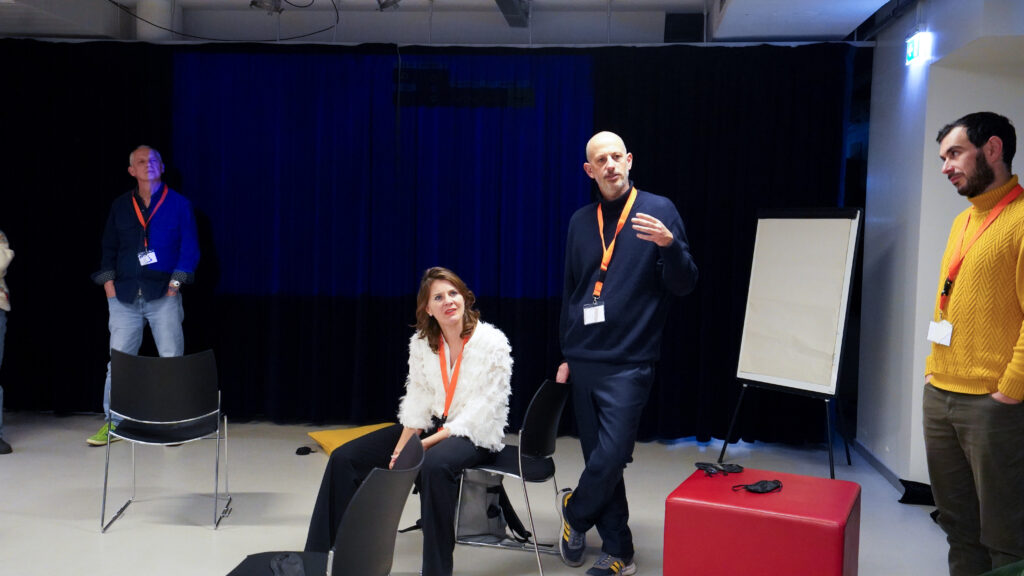By Ohad Ben Shimon, CUCo researcher-in-residence
Since I was small I have had a deep interest in reading. Apart from conventional reading material I found in books or magazines, I felt almost pulled to read the room I would have the privilege to walk into, or find myself already in.
In a sense we all read rooms. We read rooms when we try to pick up on, or are forced to feel, the very subtle verbal, and nonverbal, communication and behaviors of a group of people that are gathered for, or are already in, a certain situation or environment.
Think of a classroom you can enter for the first time as a student or a teacher, a family gathering around the dinner table for a holiday meal, a scientific conference, an important workplace meeting, an art opening at the local museum, or gallery, or even a bar evening with friends.
The rooms those events take place in, and of which you have access to, are ripe with (room) reading material. With so much social media and online communication these days, the rooms we read don’t even need to be physical rooms. Think for example how you might be reading the room when you enter late into an online zoom meeting, lets say, your online Dutch course, and you are trying to join the conversation with the right tone.
As a child I was also fascinated by looking into other people’s homes, until I figured out that my own home was also an other people’s home, for someone else to look into, so it might also be just as interesting to read it as well. What was not always obvious, to my younger self, at least, is that my body is also somehow my home, that can also be read, or looked into.
This reflection over embodying homes, by reading them, brings me to a workshop I recently gave on Embodiment and Critical Thinking together with my fellow research group member Marjolijn Zwakman at Filmhuis Den Haag, for a group of critical thinking educators. Together with us, the critical thinking educators were invited to think-feel together how not only our minds, but also our bodies institute knowledge in critical thinking class(rooms) and curricula.
It was interesting to do this workshop for many reasons, but most of all it was special to discover how by subtly sensing and touching our own, and each other’s bodies, –something we almost never do in our ‘normal’ knowledge-intensive (class)rooms–, a whole new field of transformative knowledge material could actually be read, shared and discussed.
In such times where our power to act, and react, to events and situations, ‘inside’ (at home) and ‘outside’ (away from home), seems to be diminishing, or diminished, by the day, perhaps what we need most is to critically read the rooms our bodies have access to. That way we can transform those rooms for the better, and make new room(s) for other bodies to access and inhabit them with knowledge.




